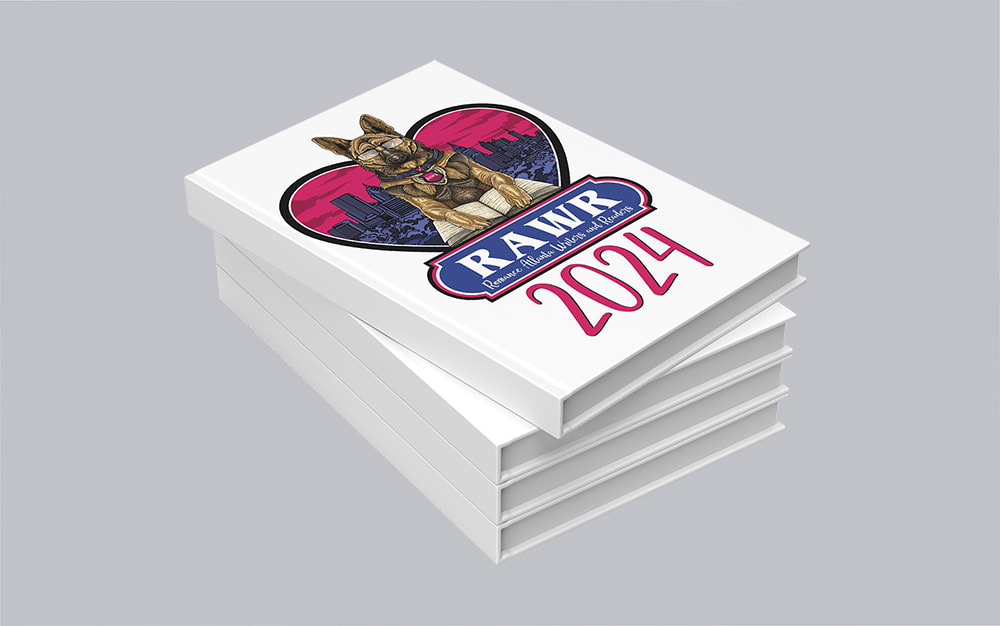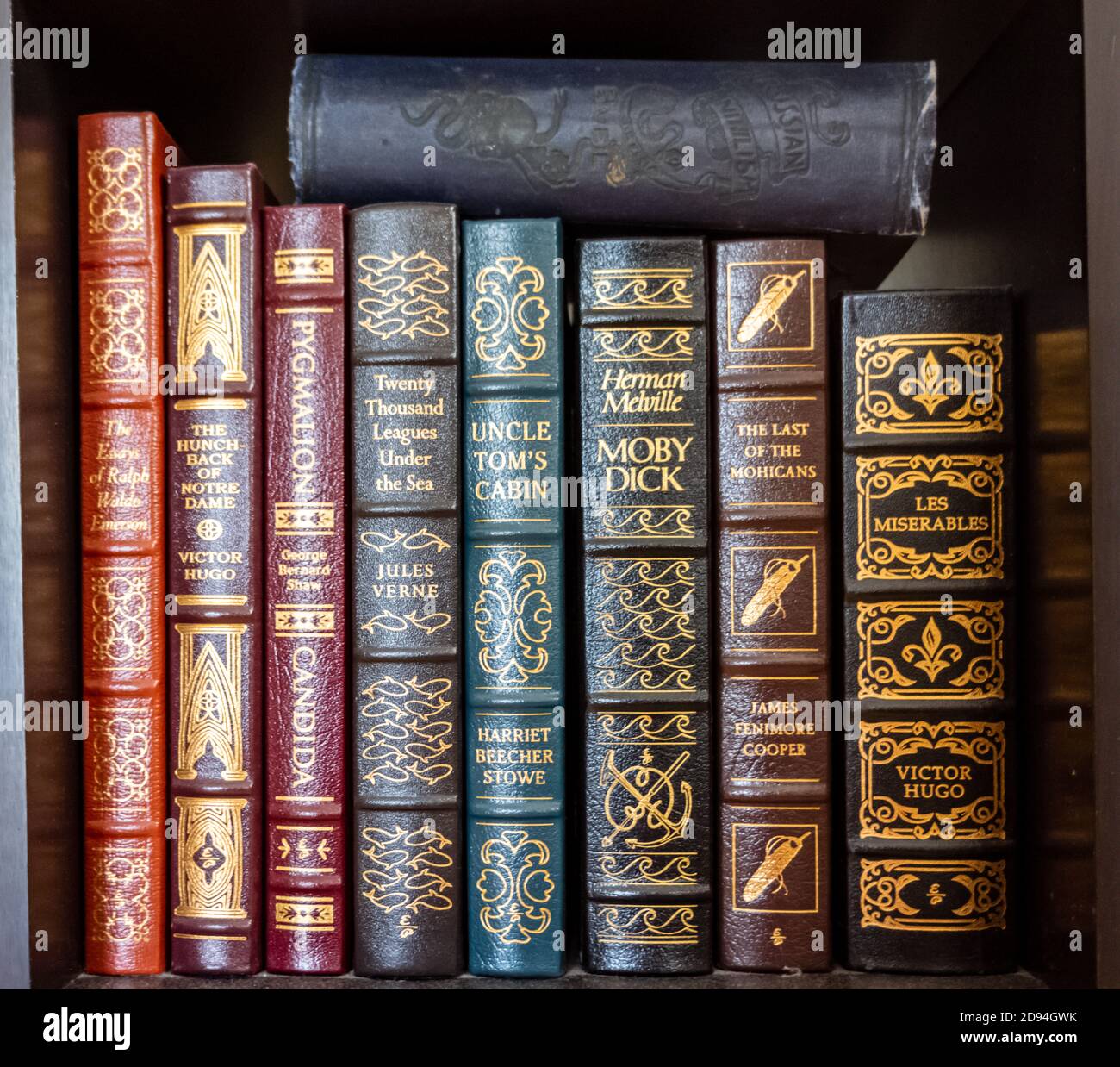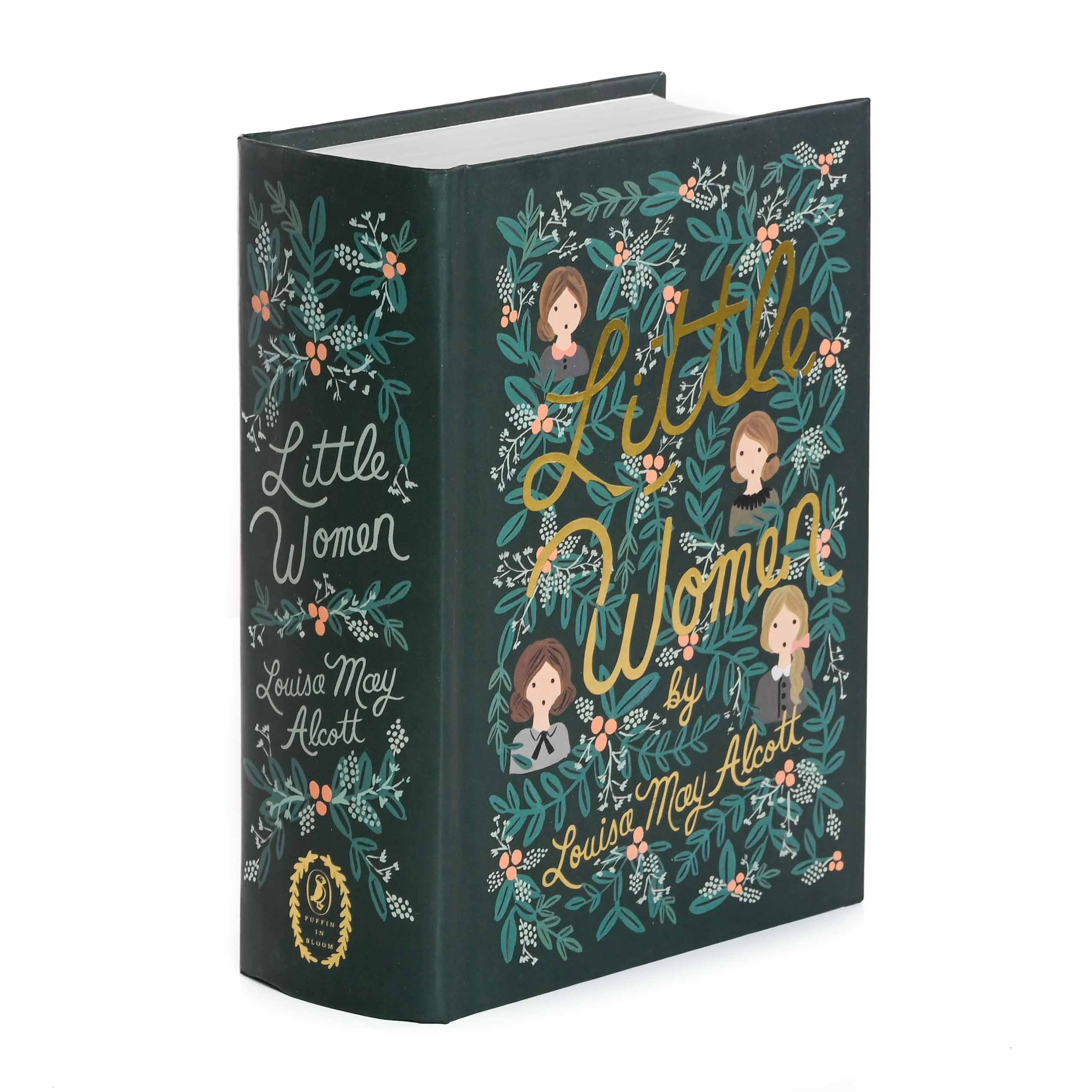Hardcover Books That Belong on Your Coffee Table
Hardcover Books That Belong on Your Coffee Table
Blog Article
A Comprehensive Overview to the Refine of Hardbound Books Printing
When you commence the trip of hardbound book printing, understanding the whole process is important. As you browse with binding and top quality control, you'll locate that every choice affects the publication's general appeal.
Recognizing the Hardcover Book Framework
When you check out the globe of hardcover books, you'll promptly discover that their framework is willful and distinctive. You'll locate a fabric or natural leather treatment, which not just boosts aesthetic appeals yet additionally adds to the publication's long life.
The text block itself consists of several trademarks, or folded sheets, sewn with each other for strength. You'll see that the spine is strengthened, enabling a smooth lay-flat analysis experience - hardcover books. Additionally, guide's weight often conveys a sense of high quality and durability
Hardbound publications normally include a dust jacket, which functions as an advertising tool while securing the cover. Understanding these aspects assists you value the workmanship behind hardbound publications and their special allure in the literary globe.
Manuscript Preparation and Editing
Getting your manuscript ready for printing is important, and it starts with proper formatting standards. You'll need to comprehend the modifying procedure to fine-tune your job and guarantee it reverberates with readers. And also, understanding checking strategies can assist you capture those pesky mistakes prior to your book goes to print.

Manuscript Formatting Standards
Proper manuscript formatting is crucial for creating a professional-looking hardbound book. Beginning by choosing a common font like Times New Roman or Arial in 12-point size. Usage double-spacing throughout the record to enhance readability. Establish your margins to 1 inch on all sides, giving your text space to take a breath. Number your pages in the top right corner, and include your phase titles at the start of each new section. Usage clear headings to show areas, and avoid extreme formatting like vibrant or italics unless required. Make certain to check your manuscript for uniformity in design, guaranteeing that whatever from spelling to spacing sticks to your picked guidelines. Following these steps will set a solid foundation for your publication.
Editing Refine Basics
Editing your manuscript is a vital action that can change it from a rough draft into a polished final product. Begin by checking out your work critically, concentrating on framework, quality, and flow. Search for variances in your narrative, character development, or argumentation. It's useful to take breaks between rounds of editing and enhancing to get fresh point of views. Don't hesitate to reduce unneeded web content or rephrase uncomfortable sentences; this will boost readability. Take into consideration seeking feedback from relied on peers or professional editors that can give useful insights. Bear in mind, modifying isn't practically repairing errors; it has to do with fine-tuning your voice and ensuring your message reverberates with visitors. Welcome the process, and you'll see your manuscript shine.
Checking Strategies Introduction
Once you have actually brightened your manuscript through editing and enhancing, the next action is to guarantee it's complimentary of mistakes that can sidetrack visitors. Beginning by relaxing after editing and enhancing; fresh eyes catch mistakes much better. Review your manuscript aloud-- this assists you listen to awkward wording and area typos. Usage digital tools like spell checkers for first scans, yet don't depend exclusively on them. Consider printing your manuscript; analysis theoretically can reveal errors that screens miss. Concentrate on one kind of mistake at once, whether it's punctuation or grammar, to avoid feeling overwhelmed. Employ a relied on close friend or professional proofreader to supply a fresh viewpoint. Their responses can highlight issues you might neglect.
Designing the Book Cover and Inside
When you're making your publication cover and inside, you'll want to concentrate on vital design aspects that record your target market's interest. Selecting the best typography styles and carefully choosing colors and imagery can make all the difference in communicating your book's style. Allow's check out how these selections can raise your job and attract viewers.
Essential Layout Components
Producing an attractive book cover and a properly designed interior is essential for bring in viewers and enhancing their experience. Begin with the cover; it's your impression. Pick colors and images that mirror your publication's theme and mood. See to it your title stands apart and is readable, also in thumbnail dimension.
A tidy, well organized design aids visitors browse easily. Bear in mind, a cohesive layout throughout your book cultivates an expert look that can greatly influence a viewers's choice to select it up.
Selecting Typography Designs
Typography plays an important duty in both the publication cover and interior design, shaping how visitors regard your material. When picking typography styles, consider your publication's category and target audience. Think concerning hierarchy-- make use of various designs for headings and body text to lead visitors easily via your job.
Shade and Imagery Choice
Selecting the appropriate shades and images is vital for capturing visitors' attention and conveying your publication's themes. Beginning by considering your category; dynamic colors could benefit a kids's publication, while muted tones match an enigma novel. hardcover books. Usage images that reverberates with your web content-- photos, illustrations, or abstract layouts can boost your message
Think of the feelings you wish to evoke. Warm shades can produce excitement, while amazing colors frequently share calmness. When developing the cover, make sure the images doesn't bewilder the title and writer's name; clearness is key. Inside, make use of consistent color schemes that enhance your typography. This natural technique not just raises your book's visual but also enriches the reader's experience, making it much more memorable.
Picking the Right Paper and Products
When picking paper and materials for your hardbound book, it's vital to ponder just how they'll affect the general look of your project. Beginning by selecting the ideal paper weight; larger stock typically conveys top quality and toughness, while lighter paper can create a more delicate touch. Think about the finish as well; glossy paper enhances colors and pictures, while matte can offer an innovative, understated appearance.
Cloth, natural leather, or published paper can set the tone for your book. Additionally, think about the binding products; utilizing premium sticky assurances your book lasts.
Eventually, the choices you make right here reflect your vision, so make the effort to sample different products (hardcover books). Your choices will aid produce a publication that's not only aesthetically appealing yet useful and also durable
The Printing Refine: Techniques and Technologies
A selection of printing methods and innovations can bring your hardcover publication to life, each offering one-of-a-kind advantages. Digital printing is a prominent option for brief runs, permitting for fast turnaround and affordable services.
For unique effects, you might take into consideration techniques like aluminum foil stamping or embossing, which can add a luxurious touch to your cover. In addition, you can select different inks, including environmentally friendly alternatives that provide to environmentally aware blog here readers. Understanding these methods helps you make informed decisions, ensuring your hardbound publication not only looks terrific however likewise satisfies your manufacturing requires efficiently. Pick the ideal strategy to elevate your book's appeal and impact.
Binding Techniques for Hardcover Books
Numerous binding methods can change your hardcover book into a long lasting and appealing product. Another technique is the best binding, which makes use of glue to hold the web pages with each other, allowing for a smooth spinal column yet much less sturdiness contrasted to instance binding.
You may likewise think about spiral binding, which enables your publication to lay flat, making it suitable for workbooks or handbooks. Nonetheless, it doesn't provide the same safety cover as case binding. Ultimately, there's the saddle stitch technique, ideal for smaller sized publications, where sheets find out are folded and stapled with each other. Each binding method has its advantages and fits different needs, so consider your publication's objective and audience when picking the finest alternative for your job.
Quality Control and Last Touches
After selecting the right binding approach for your hardcover book, quality assurance ends up being important to confirm your final product satisfies your expectations. Start by evaluating the published web pages for any mistakes or disparities in color and design. You don't want to miss any typos or misprints that might impact your readers' experience.
Next, check the binding integrity. Confirm the web pages are firmly affixed and that the spine is tough. A well-bound publication not just looks professional but additionally feels long lasting in your hands.
In addition, focus on the cover. Seek any kind of scuff marks or misalignments in the art work. Make sure they're used continually throughout all duplicates. if you have actually opted for special coatings like embossing or aluminum foil marking.
Finally, conduct a thorough evaluation of the whole batch before relocating to distribution. This means, you can validate that every publication reflects your high requirements.
Often Asked Inquiries
For how long Does the Hardbound Book Printing Refine Typically Take?

What Is the Minimum Order Quantity for Hardcover Books?
The minimum order amount for hardcover books typically starts around 100 duplicates, but it can differ based on the printer. You need to contact your picked printing service for their certain needs and rates.

Can I Publish Hardcover Books in Personalized Sizes?
Yes, you can print hardbound books in customized dimensions. Several printing solutions offer adaptability with dimensions, permitting you to select a format that matches your project. Simply sites verify the specs prior to putting your order.
Are There Eco-Friendly Options for Hardbound Publication Printing?
Yes, you can locate environmentally friendly choices for hardcover publication printing. Several companies use recycled products and sustainable inks. Simply ask your printer concerning their eco-friendly methods to assure your project straightens with your ecological values.
What Are the Costs Related To Hardcover Publication Printing?
When taking into consideration hardbound publication printing expenses, you'll require to consider materials, layout, and printing techniques. Added costs like shipping and binding can likewise affect your total budget plan, so plan appropriately for your project.
When you start the journey of hardbound book printing, understanding the entire process is crucial.A variety of printing techniques and modern technologies can bring your hardbound book to life, each offering distinct benefits. Just how Long Does the Hardcover Book Printing Process Typically Take?
The hardbound book printing procedure typically takes around 2 to 6 weeks.Yes, you can locate eco-friendly alternatives for hardbound book printing.
Report this page